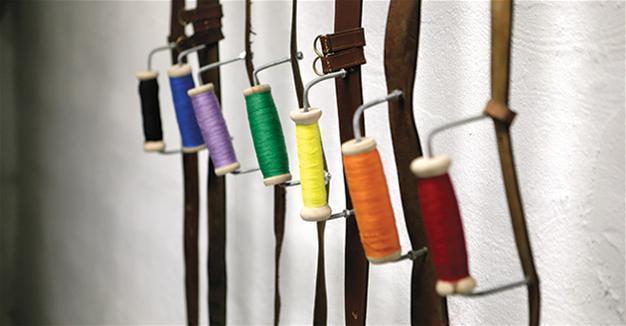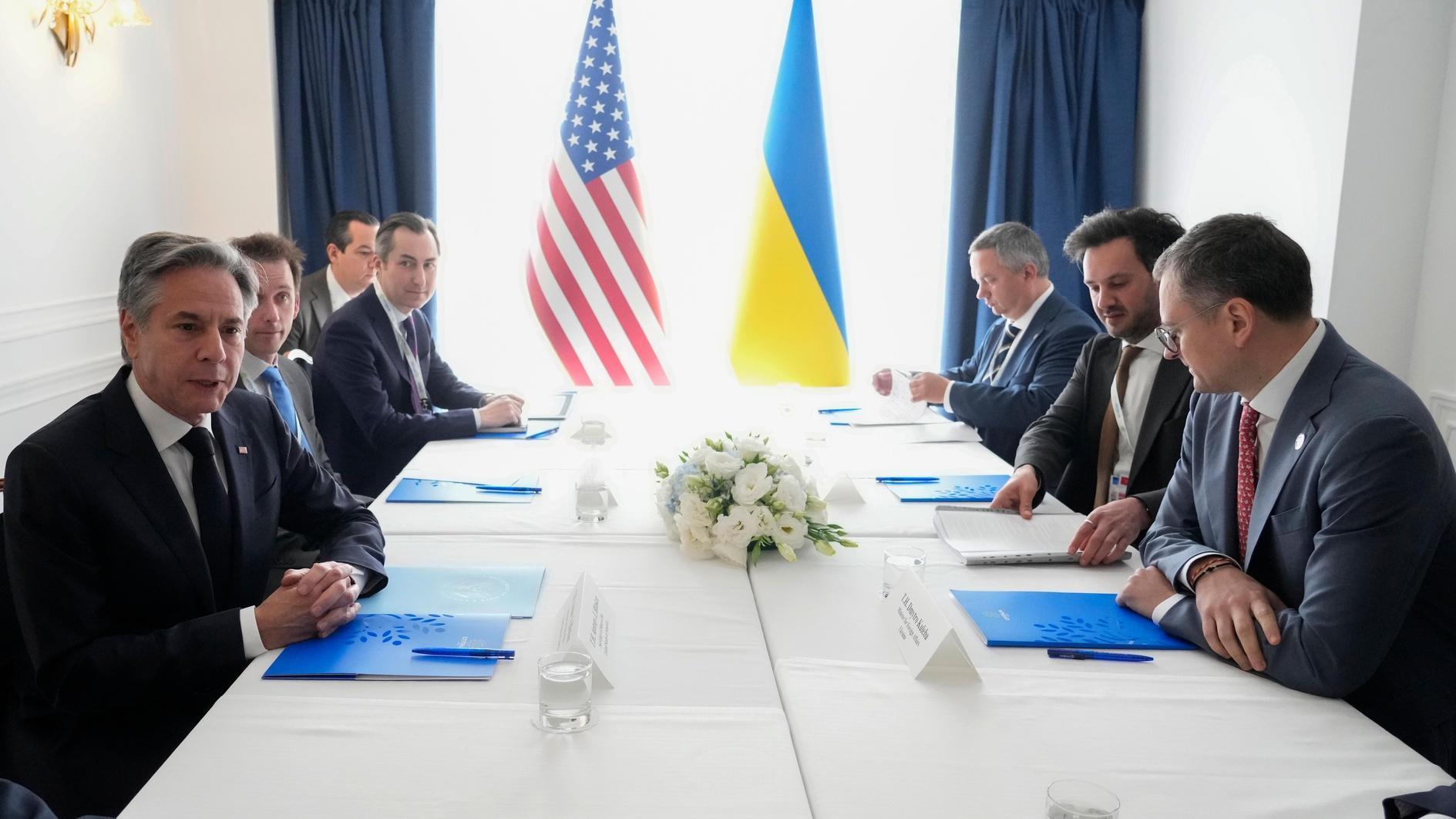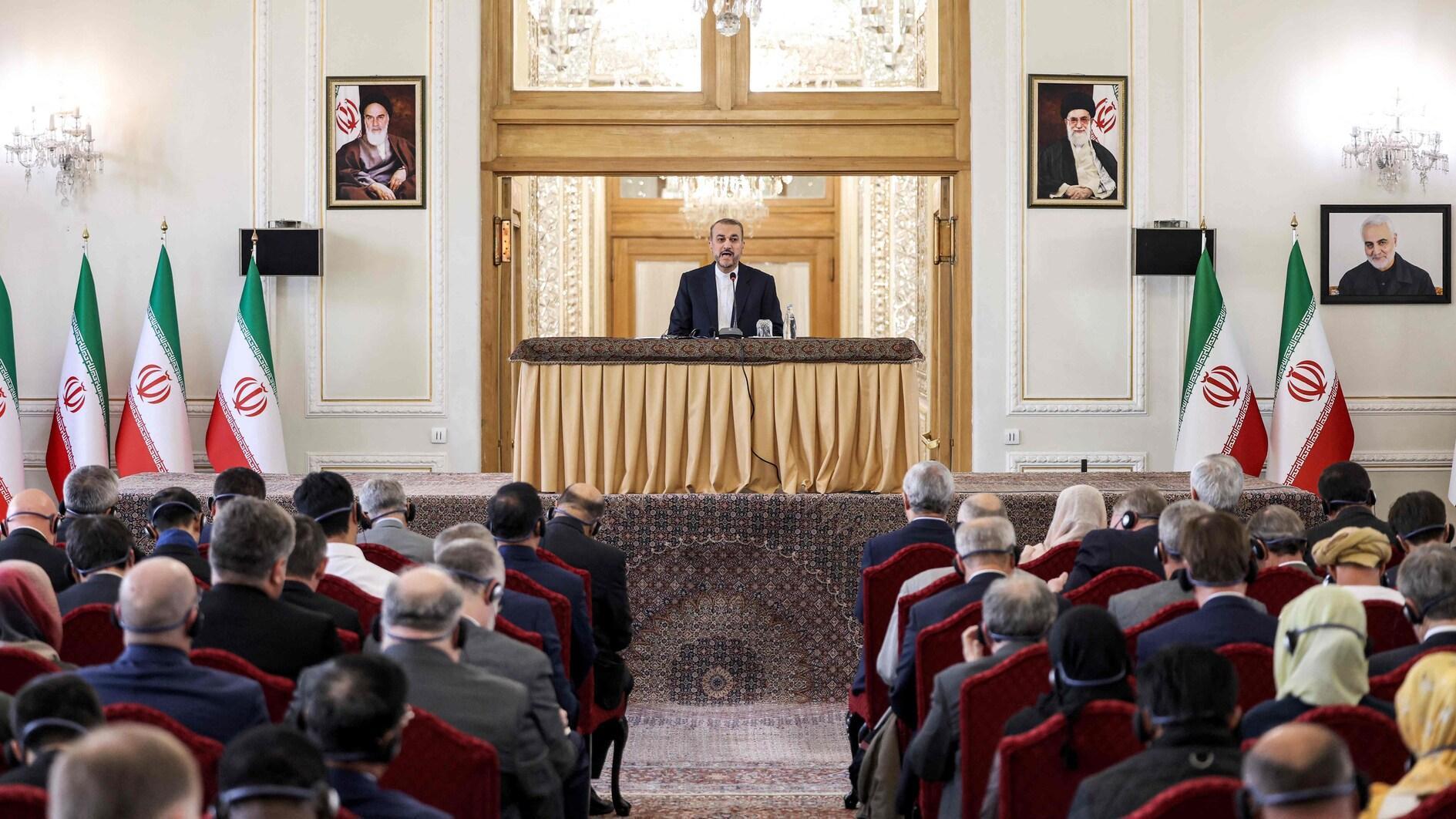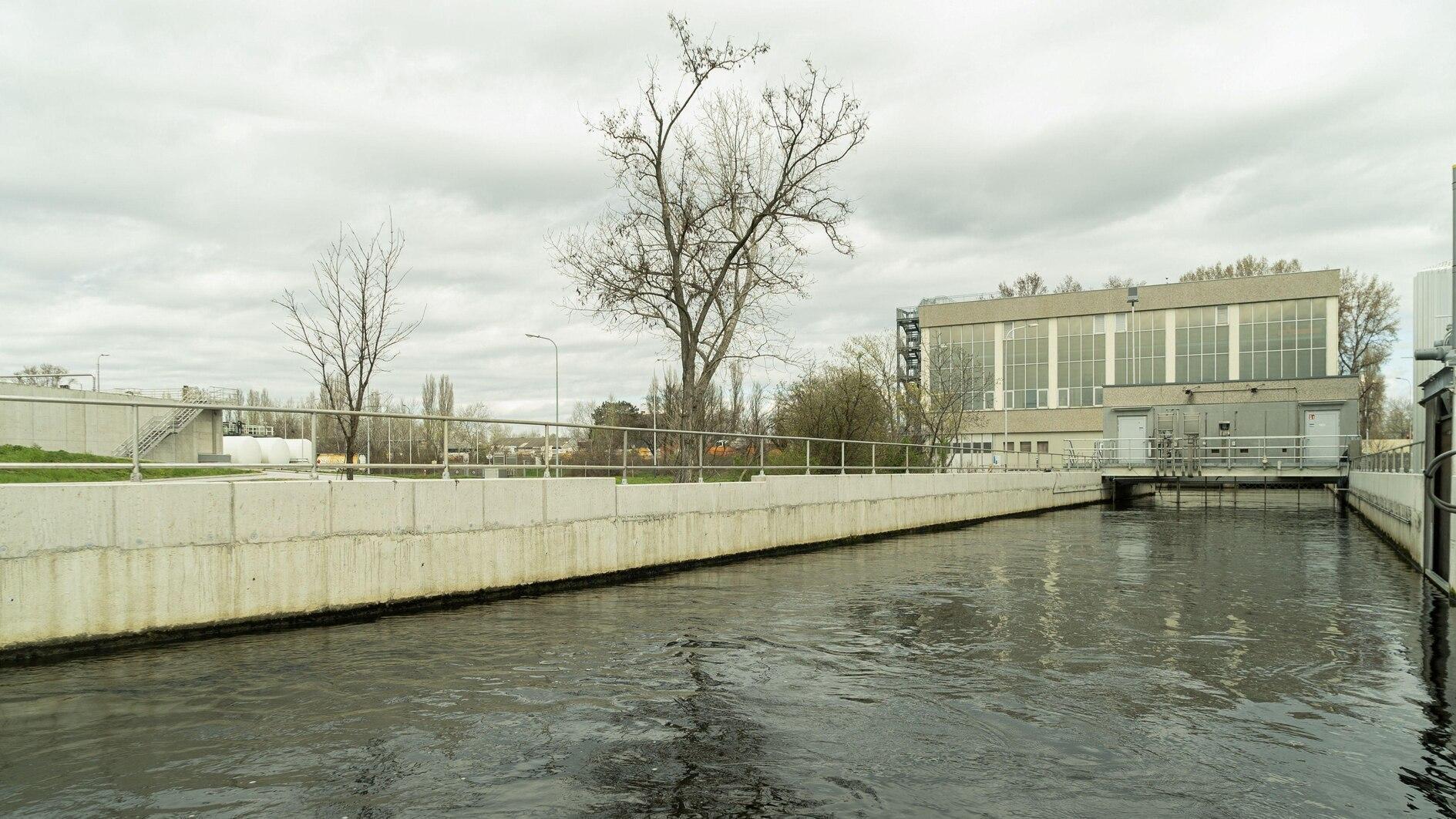Tito’s secret nuclear shelter in Bosnia takes visitors back in time
KONJIC – Anadolu Agency

AA photo
A secret shelter built by former Yugoslav President Josip Broz Tito in the southern Bosnian city of Kojnic against a possible nuclear attack has been taking travelers on a journey back through time since opening in 2001.The shelter, known by the code name “Istanbul,” was completed in 1969 after a quarter-century under construction during the Cold War, was revealed in 1992 during the war in Bosnia.
The underground shelter maintained its mystery until it was opened to visitors in 2001, and is equipped with old military technological tools, rotary telephones and antique furniture.
Looking like a labyrinth with tunnels and special rooms designed for various purposes, the shelter was built to host 350 people for six months without any contact with the outside.
The shelter cost $4.7 million to build and is reportedly able to withstand a 24-ton atomic bomb attack.
The late Tito never saw the shelter after it was completed, though his room and office in the bunker are today exhibited without any change.
After the shelter was revealed in 2011, it was found that its code name was “Istanbul,” believed to be because of the close relationship between Turkey and Yugoslavia at the time.
Biennial organized
The shelter was opened up to visitors in 2011 during a contemporary art biennial, when many artists from across the world - including six from Turkey - displayed work around the themes of the Cold War and nuclear weapons. Many of the works remain in the bunker for visitors to see today.
The deputy director of the biennial, Mirnes Baljic, said everything inside the shelter was from 1979 and there was no official document proving that the shelter’s name was “Istanbul.”
“People working here thought they were building something different. Knjic had other structures like factories and apartments built in various designs. That is why people did not have any suspicion about it being a secret place in the first few years,” Baljic added.
He also said the Yugoslav army had always kept the shelter “top secret” and workers on the construction signed documents vowing not to speak about it.
“Around 8,000 people have so far visited the shelter and the works inside it since 2011,” Baljic added.
“This place, which was constructed for only a select group of people, can today be visited by everyone. Visitors can see top secret things as well as artworks by international artists. This place was related to the idea of nuclear war in the past but now it is related to modern arts,” he said.
















